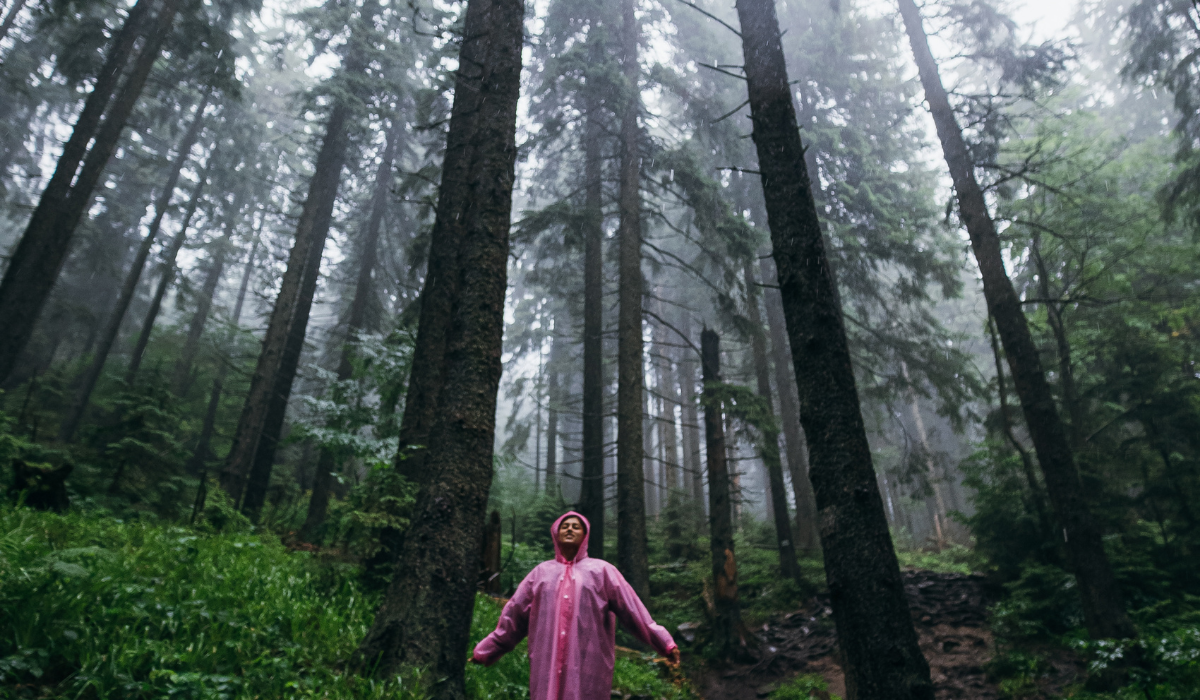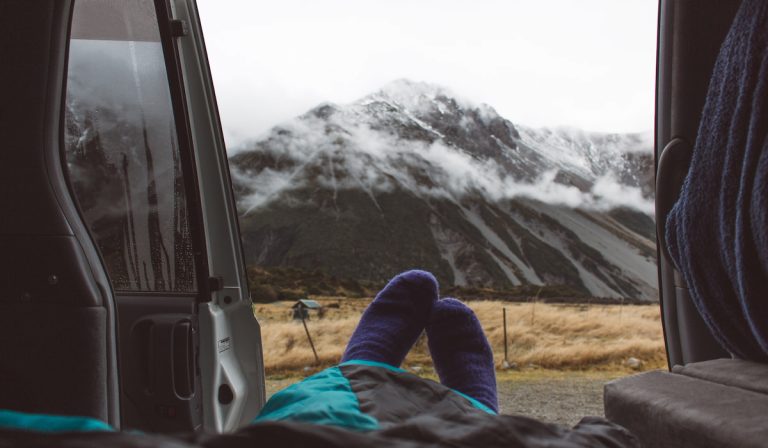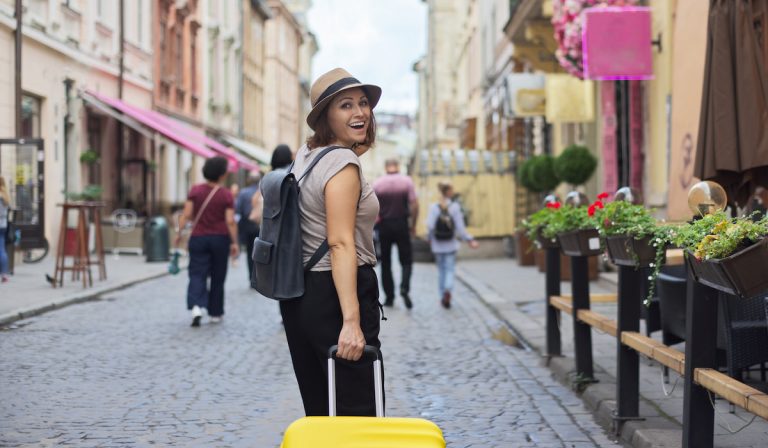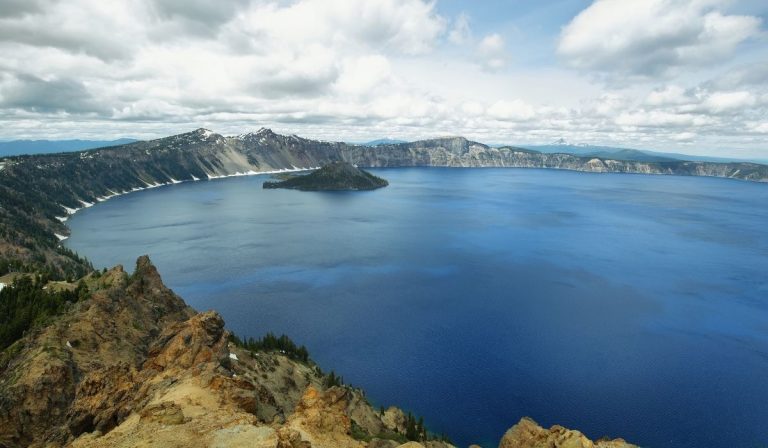Solo Hiking Essentials
If you feel that the world is too busy and you need a break, you should go solo hiking. Solo hiking has a lot of benefits, and you should try it soon. But make sure that you have all the necessary items before going solo hiking.
What are the solo hiking essentials that you must acquire? Here are 13 needed items for solo hiking:
1. Hiking Backpack
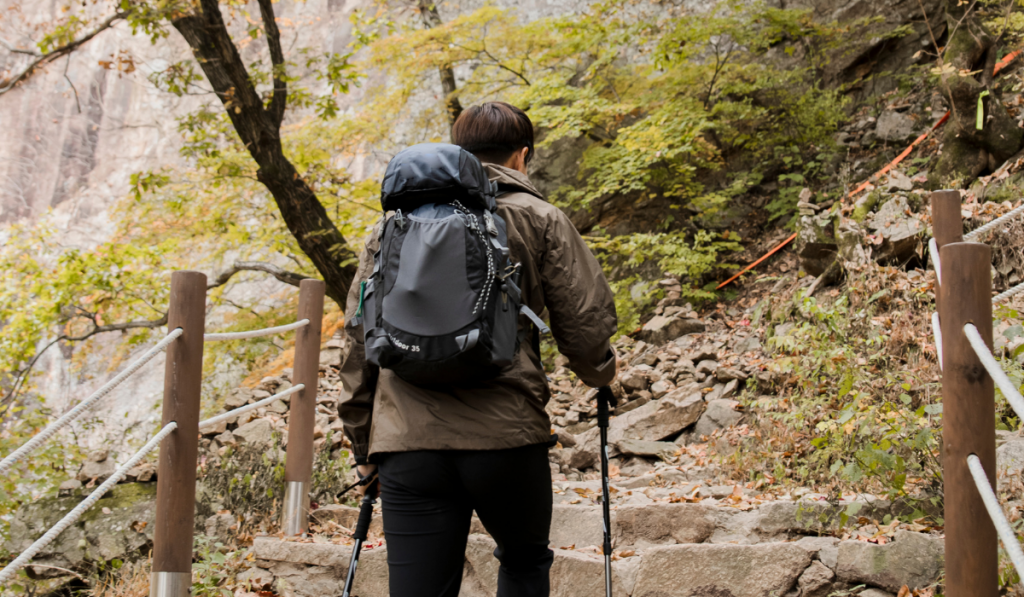
A hiking backpack has to be the first thing you need if you are hiking a long distance. You can use your hiking backpack to carry your essentials and prevent the stress of carrying items in your hands.
Your hiking backpack can also help your balance while hiking as you can arrange every item in the bag so that no side of the bag is heavier than another. You can easily get a hiking backpack from various stores near you.
2. Clothing (According to the Weather)
If you’re hiking long-distance, you should consider the clothes that you are bringing along.
If you are hiking in a tropical region, you should bring clothes made of cotton or other lightweight materials. For cooler regions, don’t forget to carry your insulating jackets.
You should also check if it will rain throughout your solo hiking trip. If there is a possibility of rain, carry water-resistant jackets, gloves, and other clothing accessories.
3. Hiking Shoes or Boots
Your boots are one of the most important items that you should consider. Your boots can determine how long you can hike as well as how enjoyable your solo hiking journey will be.
Hiking boots are essential because you will probably be walking or jogging through various landscapes with different items on the ground.
To protect your legs from harmful items, go for quality boots. When buying your boots, make sure that they fit well, and they feel cozy when you wear them. Try walking in the boots (if permitted) for a few minutes. If you can feel any sign of pain when testing the boots, try other boots.
You should also check the sole of the boot for spikes. According to the terrain you plan to hike on, you will probably need boots with spikes to prevent you from falling and to keep you balanced.
4. Food and Water
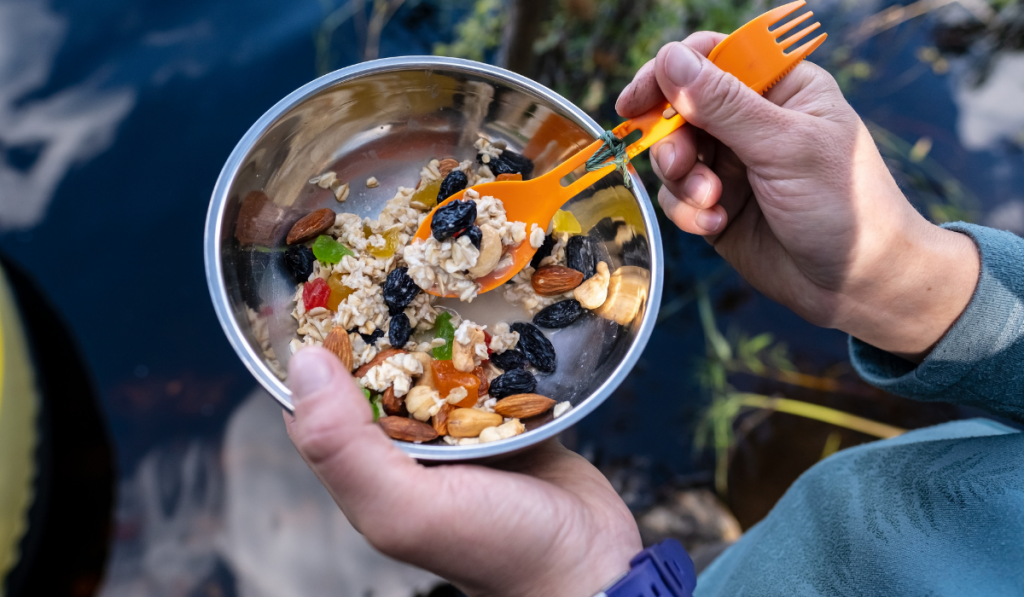
Food and water are essential items that you should carry. Food gives you the energy to continue hiking, while water keeps you hydrated, prevents you from getting tired quickly, and also prevents you from showing symptoms of stress.
You can carry some cans of soup and snacks for food. Make sure that you have enough water while hiking, as it is a must-have item for hikers and travelers.
Unless you are sure of what you are doing, you should not drink from water sources on your hike. Do not eat from the wild plants either, as you can get sick if you do.
5. Essential Tools for Navigation
You should also consider navigation. Navigation is simply the ability to know where you are going and, most importantly, how to find your way back home. Navigation can also include the ability to share your location with others.
Essential navigation tools include maps, compasses, an altimeter, a GPS device, a personal locator beacon (PLB), and satellite messenger. And a phone (that can perform the function of the devices listed earlier) is also an essential navigation device.
Before choosing to go solo hiking, you should make sure that you know how to read and operate your navigation devices. Also, make sure that they are fully charged and are working.
6. Pest and Predator Repellants
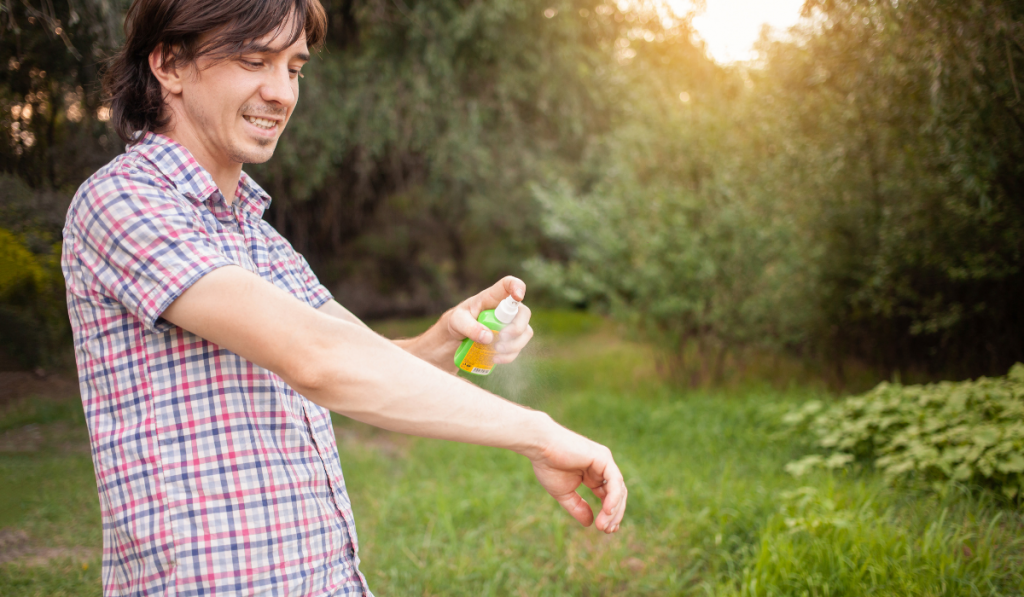
One challenge you can face while solo hiking is seeing wild and dangerous animals face to face. You can see animals such as bears and large cats while hiking, so you need to be prepared for such encounters.
Before you go to your preferred location for solo hiking, you should first research the wild animals in that region so that you can choose the best repellants to carry.
Asides from large predators, other animals that you can encounter are micro-predators such as mosquitoes and ticks. You should carry some tick, mite, and flea repellants so that you can protect yourself from these arthropods. Also, going with a lightweight mosquito net is essential if there are lots of mosquitoes in that region.
7. First-Aid Kit
In everything that you do, think about health and safety first. Have you considered what you will do if you get hurt or injured?
The first thing to do is to call and let someone know so that they can help you quickly. Before they get to you, however, you need to help yourself with medical essentials in your first-aid kit.
Your first-aid kit should contain a sanitizer, common drugs, bandages, and other needed medical items. You do not need a large first-aid box, just something that contains essential items.
You can easily get a portable first-aid kit for hikers from online stores or a health shop nearby.
8. Multi-Tool or Knife
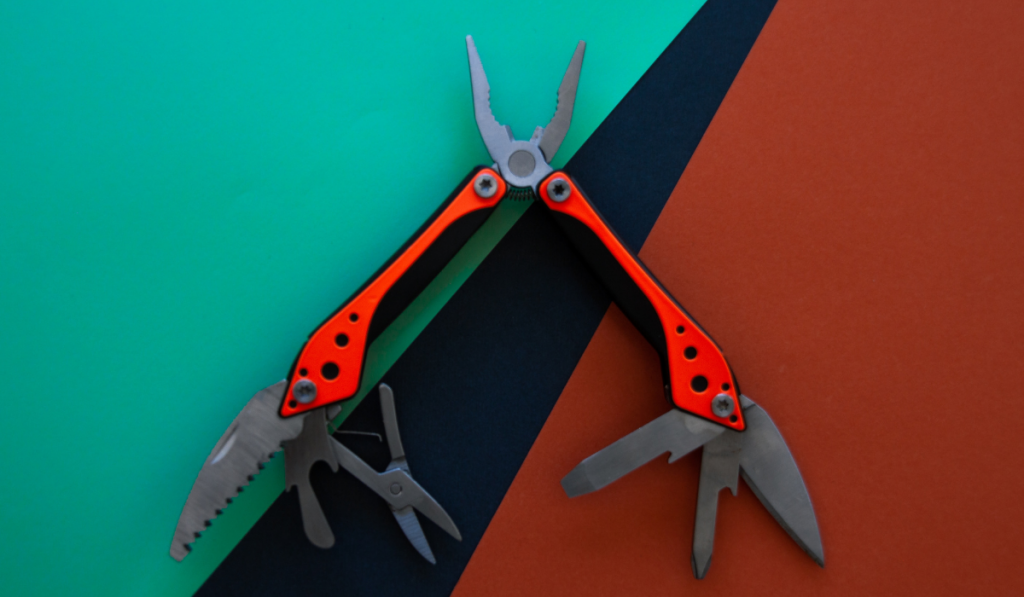
Everyone needs a knife or multi-tool. You should try to hike with a multi-tool that has a knife. Multi-tools can help you achieve more with just a little effort.
You can use a multi-tool (with a knife) to clear any brush in your way, free yourself from various situations where you are stuck, open your soup container, as well as do other things.
Multi-tools are everywhere, from local stores to online stores. Just make sure that you hike with one.
9. Headlamp and Flashlight
Even though you will mostly be hiking during the day, you can never be sure that you will not find yourself outside at night sometimes. To help you see at night, you need a headlamp or flashlight. These tools can also repel nocturnal animals that come close to you.
If you are hiking long-distance, you should make sure that you charge your lighting tools during the day. You can carry a mini solar charger and recharge your flashlight with it while you hike in the day.
10. Sun Protection Kit
Even though solo hiking is fun, you cannot eliminate the fact that you will be walking under the sun for many hours. You will at least need a hat to protect yourself from the sun.
Depending on the climate of the region, you should wear cotton clothes or clothes made of materials that do not trap heat.
Some hikers escape the sun by hiking early in the morning or in the evening. Do not forget to go with your sunscreen so that you do not get sunburnt when hiking. Also, always keep a bottle of water nearby so that you can stay hydrated when hiking.
11. Rain Protection Kit (Optional)
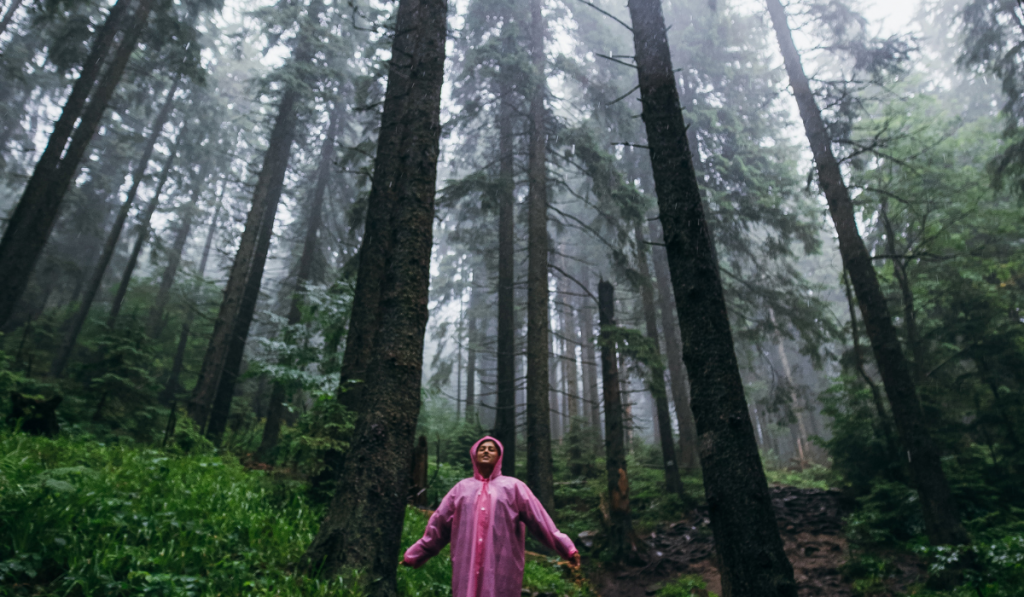
After protecting yourself from the sun, you should not forget about rainfall. If you are expecting rainfall in your solo hiking trip, you should consider bringing along a warm hat, rainwear, an insulated jacket, and some gloves.
12. Binoculars
Do not forget to bring binoculars when hiking so that you can see far objects as well as enjoy the beauty of nature from a distance. This tool will prove to be helpful, especially if you will be hiking for a long distance.
13. Shelter
Do you plan to hike long-distance? You should go with a lightweight shelter. Some emergency shelters include an ultralight tarp and an emergency space blanket, just in case of rainfall.
Make sure that you collect all the essentials before you engage in your solo hiking trip.
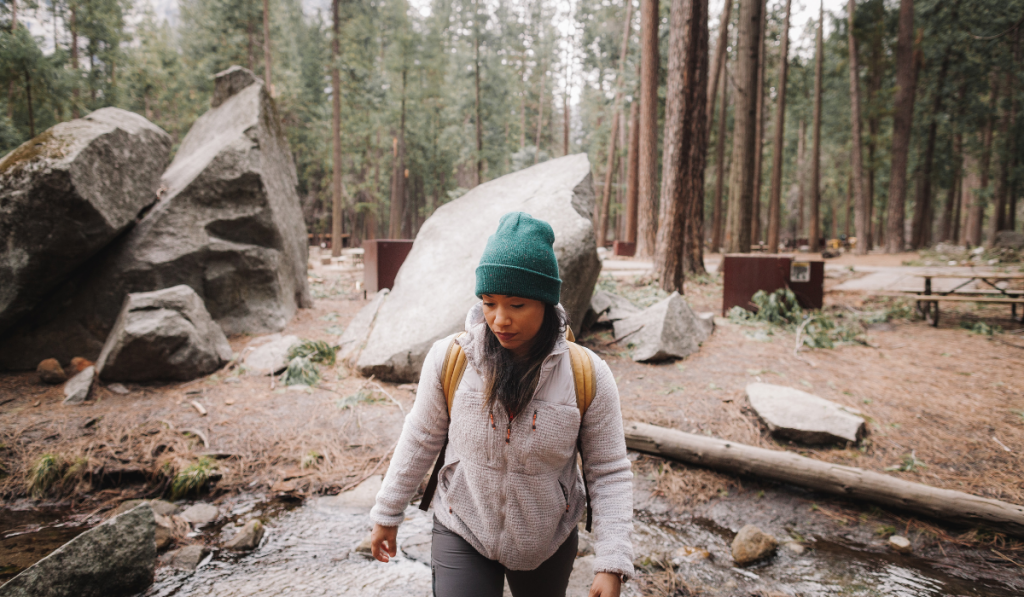
Benefits of Solo Hiking
Hiking is truly beneficial. Here are some reasons why you should try solo hiking:
- Disconnect from the World: Do you think that the world is too busy for you, or do you just need a break? Go solo hiking.
- Have a Better Understanding of Yourself: One benefit of going solo (hiking or camping) is that it helps you to learn more about yourself. What are you more likely to do in a certain situation when no one is watching? You can easily answer this question when you hike solo.
- Heal Quickly and Completely: Do you have something bothering you from the past? You need to go solo hiking to clear negative thoughts off your mind.
- See the World for Its Beauty: You should truly experience the beauty of nature at least once in a while to remind yourself that the world is beautiful even if some people make it look ugly.
- Become More Confident: There’s this confidence that comes after you come back from a long trip. It does not matter if you went solo camping or hiking; you will surely come back with confidence.
- Go Wherever You Want: Would you like to do whatever you like without anyone to stop you? You should go solo hiking. You can do what you want and go wherever you want without any contrary opinion. Note that you should walk with your navigator so that you do not get lost.
- Walk at Your Own Pace: One disadvantage of hiking with a group is that you need to walk at the average pace of the group so that you will not slow down others or stress them to walk as fast as you. When you go solo hiking, you walk as fast as you can, and you can also rest when needed.
Awesome benefits, right? Continue reading for cool hiking tips.
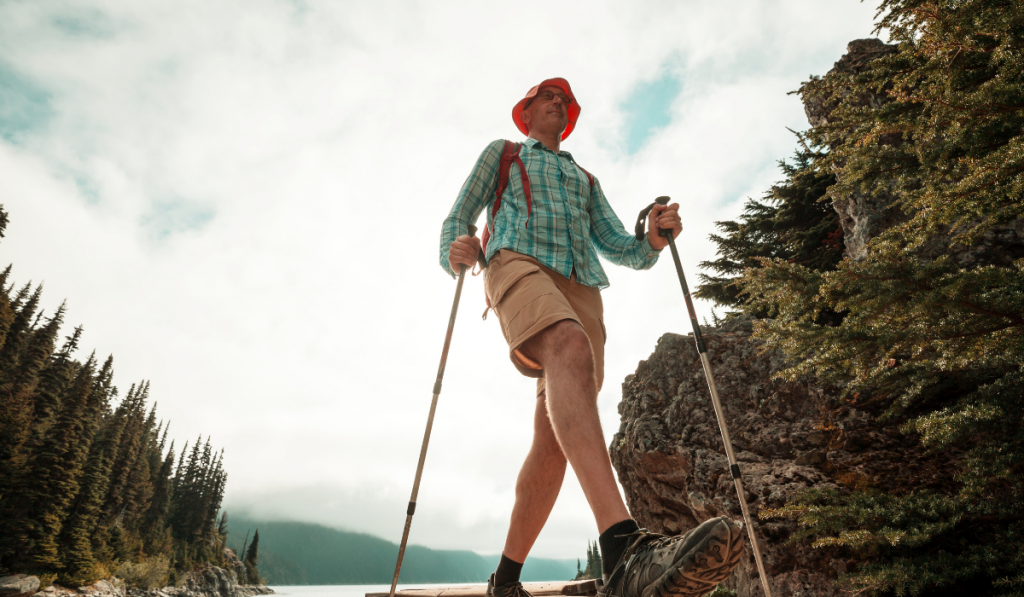
Useful Hiking Tips
Here are some cool hiking tips that you should cling to while hiking:
1. Go with a Group for the First Time
You should not go solo hiking the first time that you are going hiking. Always go with friends or a hiking group for the first time.
You should learn how hiking works, what to do in certain terrains and situations, and how to navigate. You should only go solo hiking when you have mastered hiking with groups.
2. Start with a Short Distance
When going solo hiking for the first time, do not walk too far. Also, you should consider hiking in a region or location not too far from home. By doing so, you can quickly go back home if anything comes up or if you get worried.
3. Buy the Best Quality Boots
Remember that your hiking boots can determine how far you can walk and also how comfortable your hiking journey will be. Do not buy uncomfortable shoes because they can hurt your feet, and you might end up hating your hiking experience. Go for the best boots.
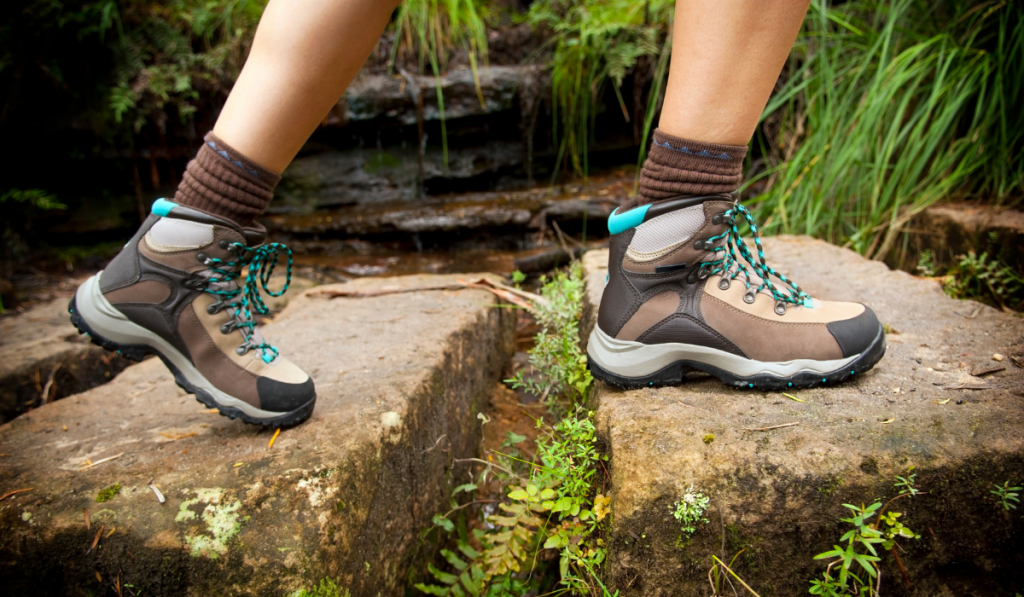
4. Always Share Your Location and Activities with Someone
This is a safety precaution. Please share your location with someone that you trust. It can help them to search for you if you get lost. You should not leave your home for solo hiking without letting someone know your whereabouts.
5. Stretch and Rest Often
Hiking may be fun, but too much hiking is not fun. Learn to rest every 45 minutes to 1 hour (according to your level of endurance). Resting can help you get back some energy to continue hiking. Also, you should stretch your muscles when resting to help relax your legs and arms.
Please use the tips above for a sweet, stress-free hiking experience.
Final Thoughts
When you apply the useful tips in this article and collect all the needed items for hiking, you should have a fun and sweet hiking experience. Remember to bookmark or pin this article for an instant reminder of essentials and tips for you.
Sources
- https://www.rei.com/learn/expert-advice/day-hiking-checklist.html
- https://www.rei.com/learn/expert-advice/ten-essentials.html
- https://solotravelerworld.com/solo-hiking/
- https://beyondwildplaces.com/complete-guide-to-solo-hiking/
- https://campingplus.com.au/solo-hiking-camping-plus-guide-to-the-essentials/
